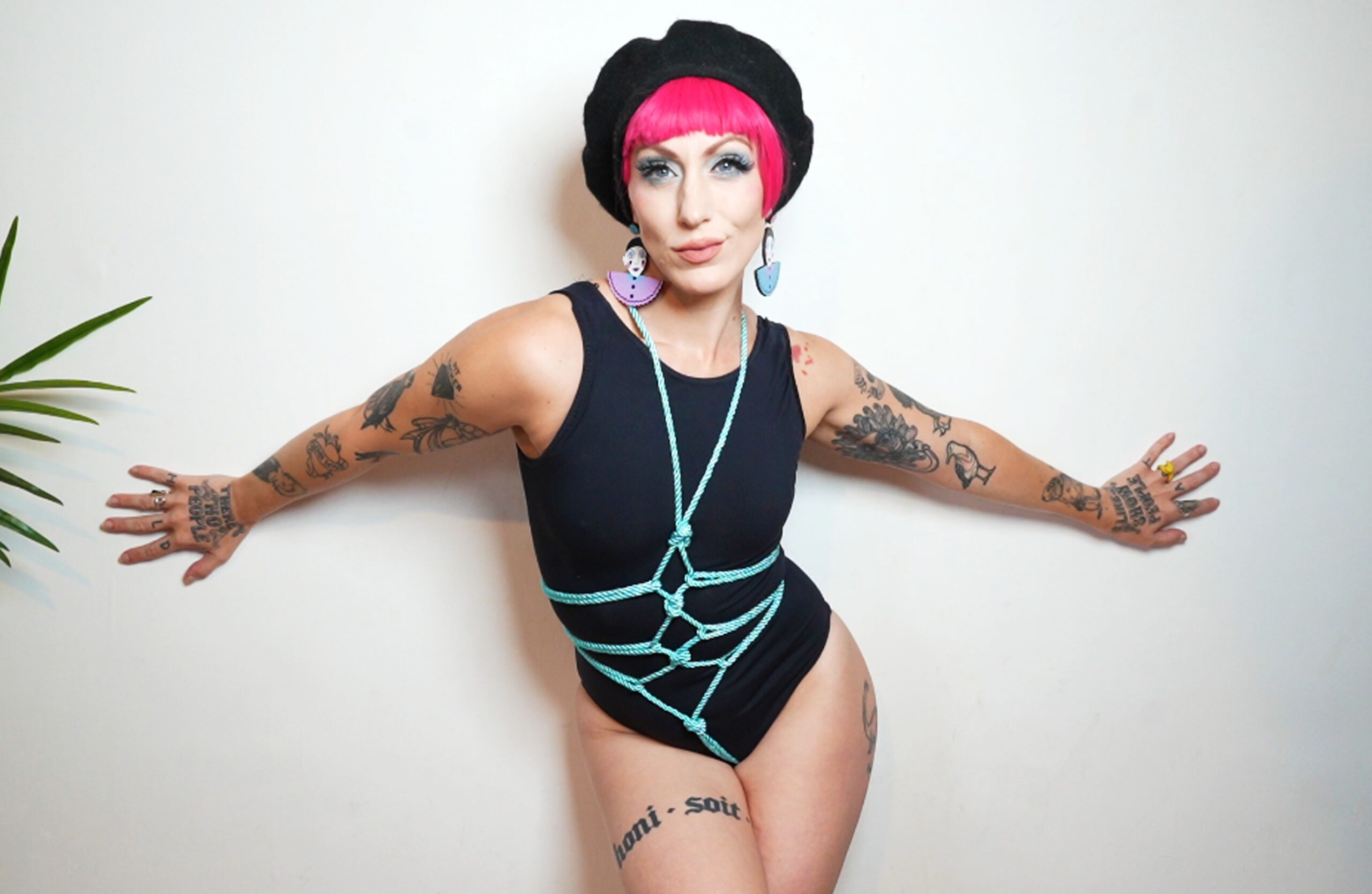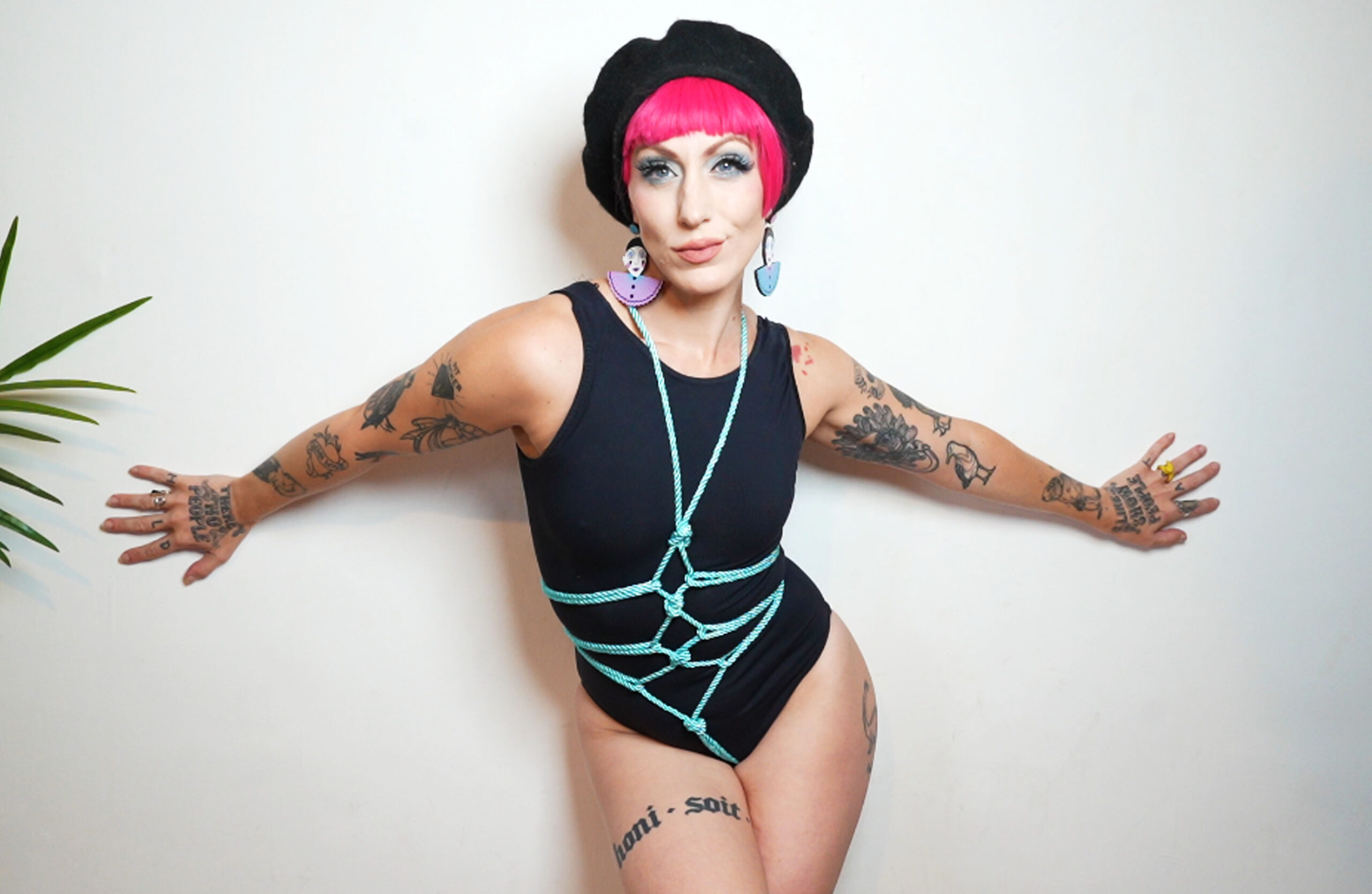Understanding Different Language Patterns of Love
Loving someone can be a beautiful and fulfilling experience, but navigating love when your partner identifies differently can add an extra layer of complexity to any relationship.
This can manifest in various ways, from cultural differences that shape the way you express emotions or communicate with each other, to differences in values, customs, and expectations around romance and intimacy. When individuals from different backgrounds come together, it’s essential to approach love with empathy, understanding, and an openness to learn about one another’s unique experiences and perspectives.

One key aspect of navigating love when your partner identifies differently is recognizing that love is not a one-size-fits-all experience. Rather, it takes many forms and can be expressed in countless ways, depending on the individual, their background, and their personal values.
In this context, understanding and respecting each other’s language patterns becomes crucial for building trust, fostering connection, and navigating potential conflicts that may arise due to cultural or identity-based differences. By embracing diversity and seeking out common ground, partners can create a rich and fulfilling relationship that honors both their individual identities and their shared love for one another.
Nonverbal Cues of Love
In relationships, love is often understood as a universal language, but what happens when partners express and experience love in vastly different ways? For individuals who identify differently, whether in terms of sexual orientation, gender identity, or expression, navigating the complexities of romantic love can be particularly challenging.
Love Languages and Cultural Differences
Navigating love can be a complex and nuanced experience, especially when partners identify differently in terms of their language preferences. In Gary Chapman’s renowned model of the five love languages – Words of Affirmation, Quality Time, Receiving Gifts, Acts of Service, and Physical Touch – individuals have different primary ways of perceiving and expressing love. Cultural differences can also play a significant role in shaping an individual’s love language, as societal norms and values around romance, intimacy, and affection vary greatly across the globe.

Navigating Language Barriers in Love

When two people from different linguistic and cultural backgrounds fall in love, navigating language barriers can be a significant challenge. It’s not just about communicating effectively; it’s also about understanding each other’s values, traditions, and perspectives. The way you express your emotions, think about relationships, and navigate conflict can all be influenced by the language you speak at home. For couples where one partner identifies as LGBTQ+, these barriers can be particularly complex, as they often intersect with issues of identity, acceptance, and belonging.

Maintaining a Healthy Relationship Across Cultural Boundaries
In today’s globalized world, cultural differences have become a common aspect of many relationships. As people from diverse backgrounds come together, they must navigate the complexities of loving someone who identifies differently from them. Maintaining a healthy relationship across cultural boundaries requires effort, empathy, and a willingness to learn and grow together.
Discover female love dolls at Peaches and Screams Explore face strap-on dildos for a different kind of pleasure at Peaches and Screams Buy OhMiBod vibrators for hands-free pleasure and fun at Peaches and Screams Discover Silicone Sex Toys for safe, body-friendly pleasure at Peaches and Screams Explore feather ticklers for light, teasing play at Peaches and Screams Discover glass butt plugs at Peaches and Screams
Apples and Pears Co. K Aesthetics Studio Your Relationship Edge
- Hierarchical Vs Non-Hierarchical Polyamory: Key Differences - May 6, 2025
- Exosome Therapy For Skin Rejuvenation Near Cranleigh, Surrey - May 5, 2025
- Neck Line Filler Treatment Near Bourne, Surrey - May 5, 2025

